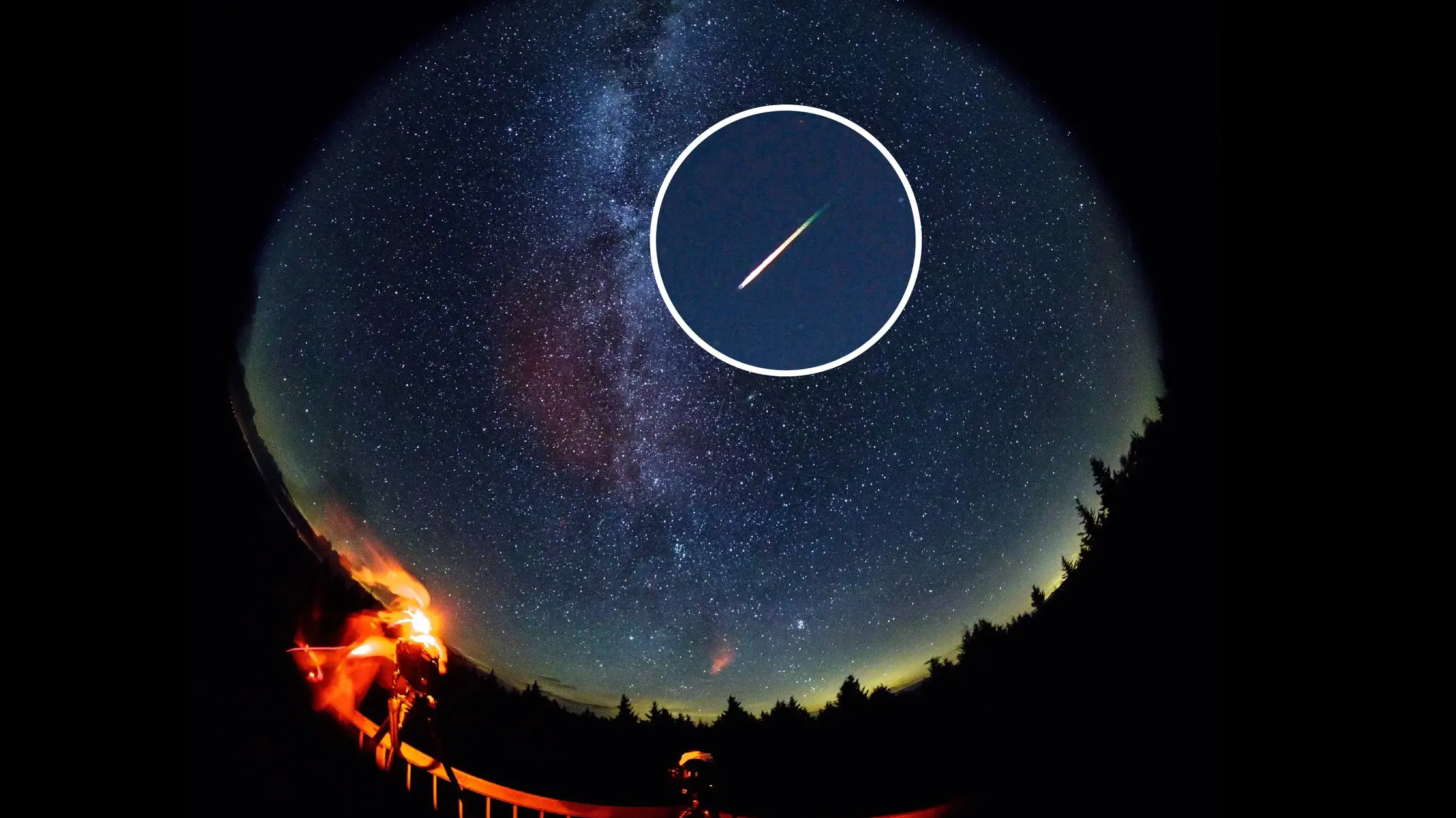T4K3.news
Perseids Peak Draws Backyard Stargazers Into Night Sky
A yearly meteor shower peaks as Earth passes through debris from a long-ago comet, inviting casual observers to look up.
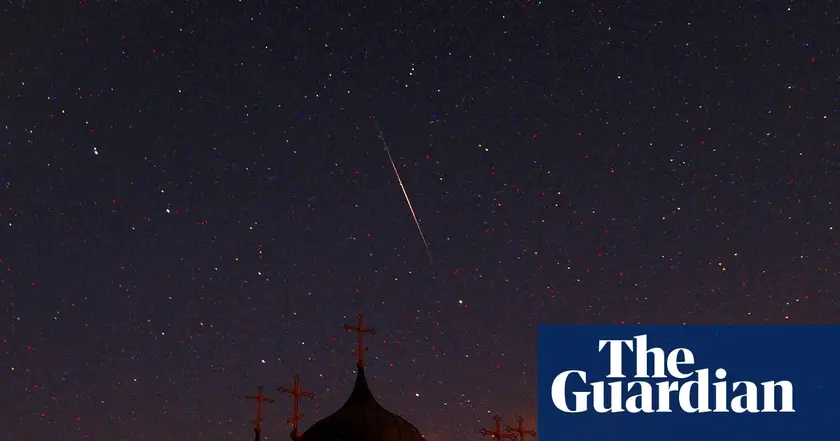
A yearly meteor shower peaks as Earth passes through debris from a long-ago comet, inviting casual observers to look up.
Perseids Peak Draws Backyard Stargazers Into Night Sky
The Perseids meteor shower is at its best now for stargazers in the northern hemisphere. The peak is expected on the night of August 12, with activity already visible since mid July and continuing for about two more weeks. The meteors come from debris shed by Comet 109P/Swift-Tuttle, a find most of us will never get close to but plenty can see it in the night sky.
Astronomers say the shower appears to come from the direction of the constellation Perseus. For the brightest display, set your gaze toward the east-southeast where the sky is clearer, or toward the north to scan toward Ursa Major. A little bit of peripheral vision helps, and a dark, clear horizon matters more than a fancy telescope. If you stand outside late at night and give your eyes time to adjust, you may see brief flashes that last only a second or less.
Key Takeaways
"Earth passes through the material shed by an ancient celestial body, Comet 109P/Swift-Tuttle, which is estimated to be well over 5bn years old."
Source of the Perseids debris
"Notably, the comet is the largest object that approaches Earth."
Size of the approaching body
"Turn slightly away from Perseus and you’ll catch them out the corner of your eye."
Viewing tip
"Fainter meteors might be tricky to see this year because of a near-full moon."
Visibility note
The Perseids remind us that space is both ancient and accessible. They invite people to step outside, even for a few minutes, and reconnect with the vastness above. At the same time, the near full moon this year tempers the spectacle, underscoring how celestial events depend on changing conditions here on Earth. Public interest in stargazing rises when the night sky is friendlier to casual observers, a reminder that science outreach is best when it meets people where they are.
Looking ahead, this yearly show sits at the intersection of science, leisure, and education. Even as viewers chase a bright streak across the sky, the broader message is steady: some of the most remarkable phenomena are simple to access, but they require patience, calm, and a willingness to endure the quiet of the night. The experience is as much about slowing down as it is about seeing a meteor.
Highlights
- Earth passes through debris shed by Swift-Tuttle, a comet billions of years old
- Turn slightly away from Perseus and you’ll catch them out the corner of your eye
- Fainter meteors might be tricky to see this year because of a near-full moon
- The night sky offers a simple, profound connection to the cosmos
The night sky keeps its promises when you give it time and a dark place to shine.
Enjoyed this? Let your friends know!
Related News
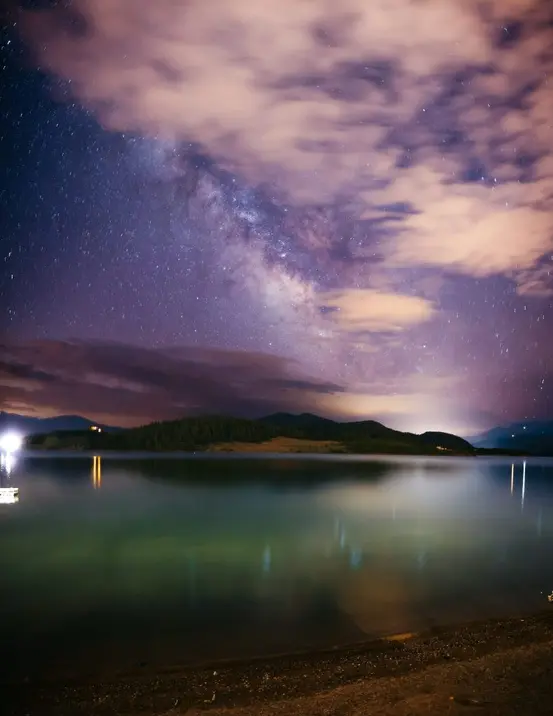
Perseids light up Colorado skies

Venus and Jupiter align during Perseid meteor shower
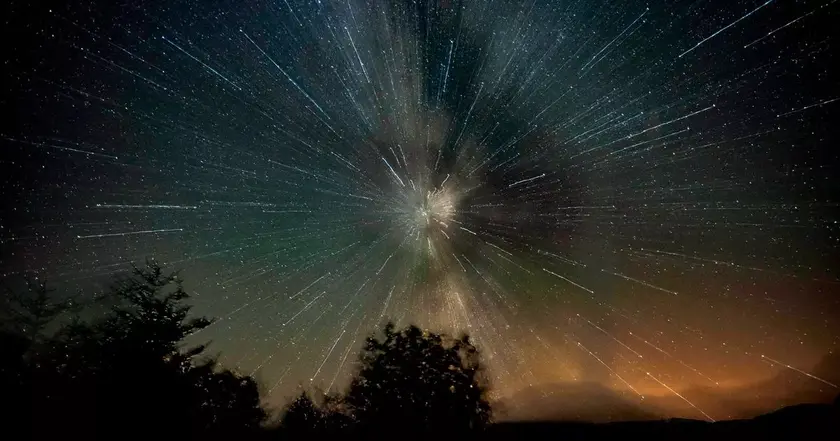
Upcoming meteor showers expected this month

Sturgeon Moon and Perseids visible together in UK
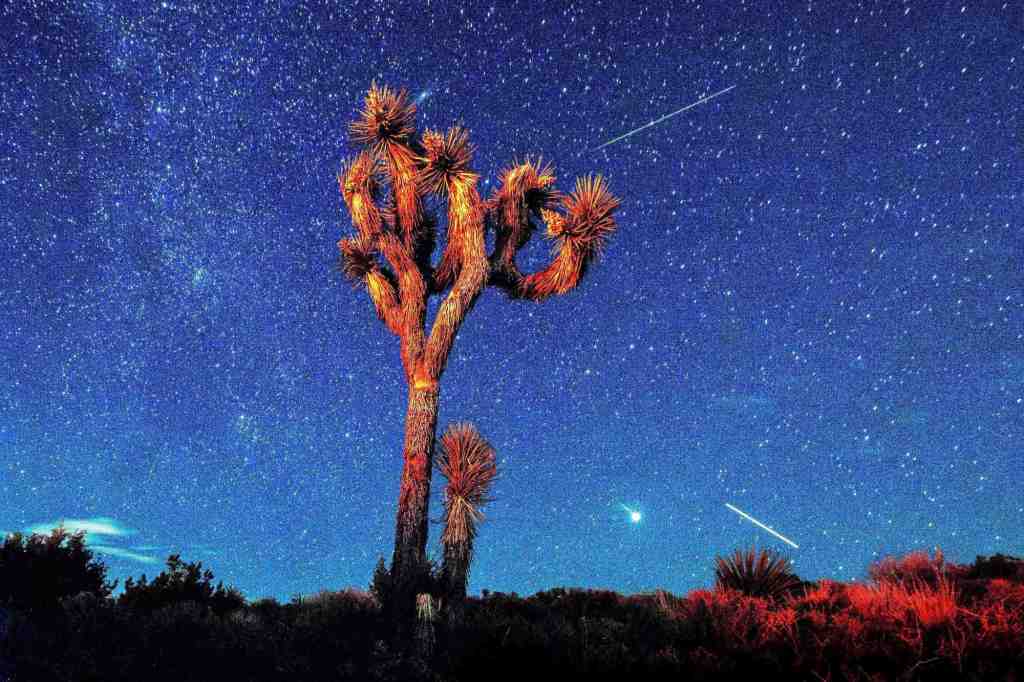
Great viewing conditions for the Perseid meteor shower
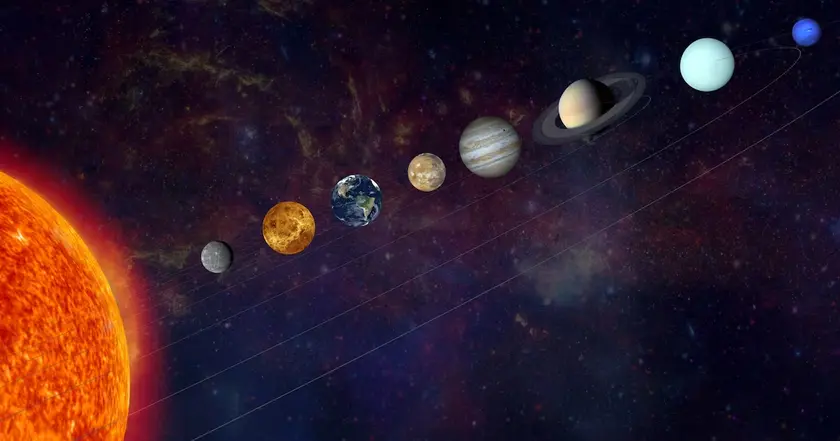
Space events light Miami Valley sky
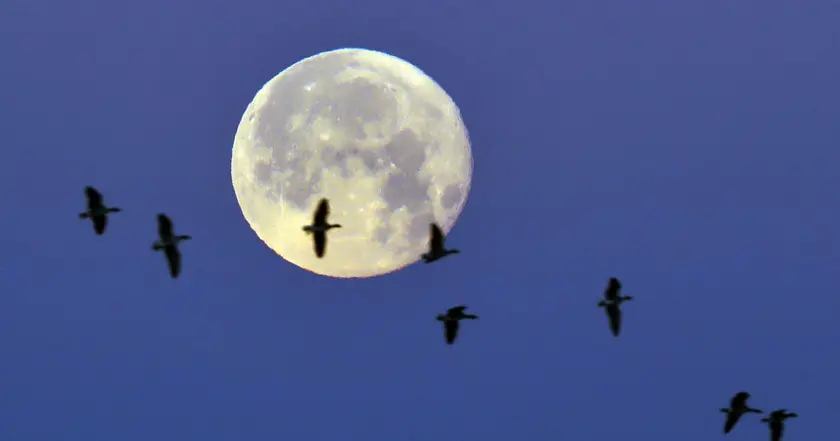
Sturgeon Moon and meteor shower peak this weekend
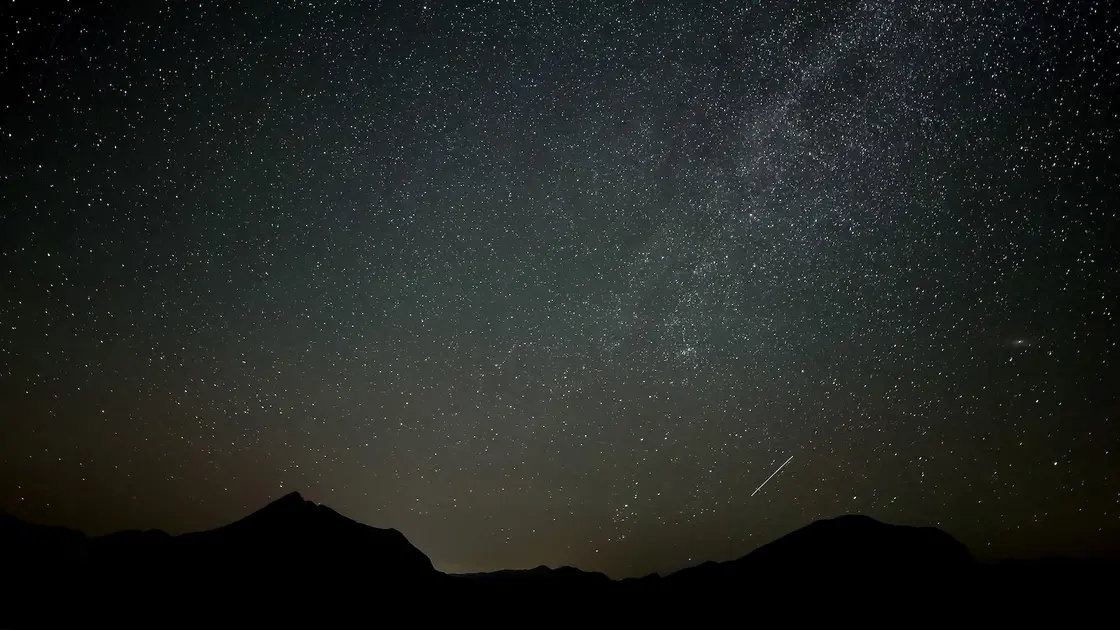
Three meteor showers peak in late July
